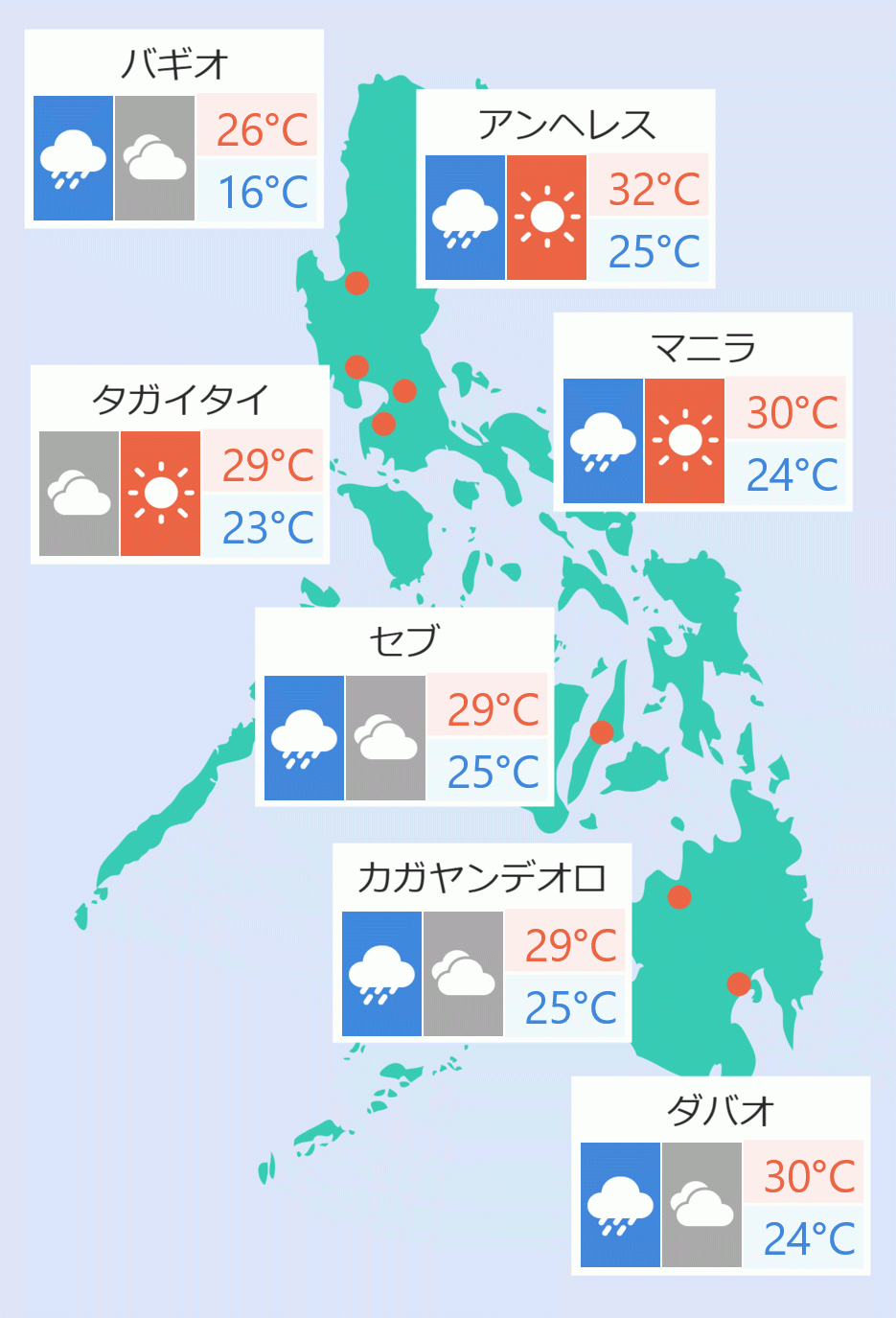A Palace official assures that President Ferdinand Marcos Jr. is focused on addressing the continued increase in rice prices.
In a radio interview, Palace Press Officer and Undersecretary Claire Castro explained that Marcos is studying why the price continues to increase amid sufficient supply.
"Many rice are arriving but why does the price continue to increase? So our president is studying that now, (to see) the cause of the problem. Our people can expect that this problem is being monitored, especially in rice. We really want to lower its price," said.
Castro also assures that Marcos will not ignore filing possible economic sabotage against hoarders.
"Crimes like that, which are happening behind our backs, those who are doing that will not be ignored by our president," she said.
Castro added that under the food security emergency the National Food Authority (NFA) has started to sell rice to local government units.
Following the declaration of food security emergency the NFA is urging LGUs to speed up the pullout of rice stocks to free up valuable storage space.
"We appeal to LGUs to fast-track the pullout of rice reserves. This will open up space in our warehouses, allowing us to procure more palay and ensure that farmers aren’t at the mercy of traders pushing down prices," NFA Administrator Larry Lacson said.
The sale of NFA rice stocks, through the Department of Agriculture’s Food Terminals Inc. (FTI) at P33 to P35 per kilo, will enable the NFA to procure more palay from local farmers, helping protect them from price manipulators.
By law, the NFA cannot intervene in the market to lower prices for financially-challenged consumers. However, on the recommendation of the National Price Coordinating Council for the declaration of food security emergency, the Department of Agriculture (DA) ordered the release of NFA stocks to LGUs and other government agencies to address the sharp rise in rice prices and bring them back to levels seen around July 2023.
Agriculture Secretary Francisco Tiu Laurel Jr. has instructed the NFA and FTI to facilitate the quick release of rice stocks, including offering easier payment terms for LGUs.
"This program will not only provide affordable, good-quality rice for consumers but will also help the NFA support local rice farmers," he said.
Lacson added that clearing out existing rice stocks is crucial to meeting the country’s new buffer stock levels, as mandated by the Rice Tariffication Law (RTL).
Under the amended RTL, the NFA is required to maintain a buffer stock for 15 days. This year, the agency needs to procure 545,000 metric tons of palay to maintain a nine-day supply, with a total of 880,000 metric tons needed to meet the 15-day target.
With storage capacity nearly at its limit, Lacson stressed the urgency of action from LGUs to help the NFA meet the nation’s rice security needs while protecting both consumers and farmers.
He also noted that the pullout of rice stocks would not only free up space but also support the NFA in stabilizing prices, preventing the exploitation of farmers by middlemen and traders.
The Department of Agriculture noted that the rice prices began to climb in July 2023, driven by a rise in global prices following India's decision to ban the export of non-basmati rice in August of that year.
"This was further compounded by growing demand in anticipation of poor harvests due to the El Nino phenomenon in early 2024. Despite India's decision to lift the export ban in August and President Ferdinand Marcos Jr.'s reduction of tariffs from 35 percent to 15 percent in July, rice prices have remained high, prompting the declaration of a food security emergency," it added.
San Juan City has started pulling out NFA rice stocks, with Navotas, Cotabato, and Camarines Sur expected to follow suit. FTI reports that these three LGUs have pending orders for over 120,000 sacks of rice. Robina Asido/DMS



 日本語
日本語
 English
English








